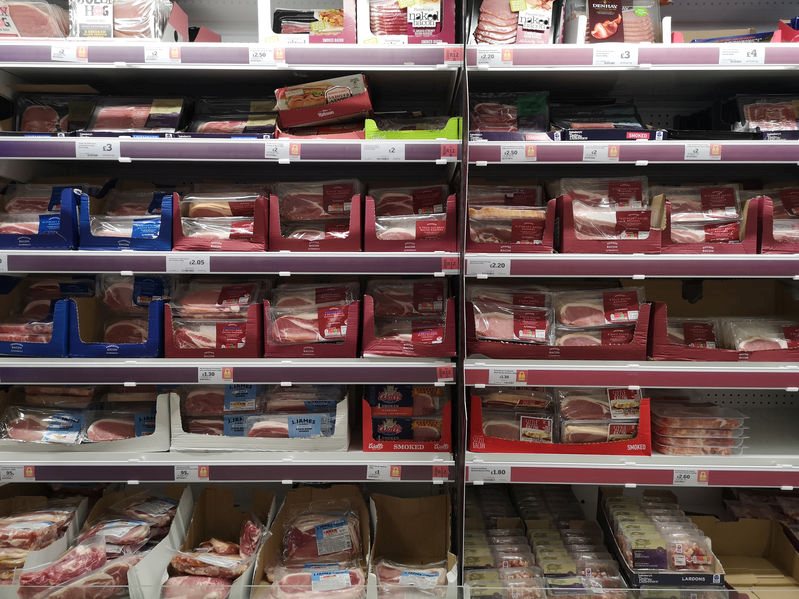
Home-grown pork continues to dominate supermarket shelves, with new 'Porkwatch' figures showing 87% of fresh pork sold by major UK retailers in July was British.
The survey by levy board AHDB found support largely unchanged from May and last summer, with Aldi, Co-op, Lidl, M&S, Morrisons and Sainsbury’s all backing British 100%.
Waitrose followed closely at 99% (100% on own-label). But others lagged well behind – Tesco stocked just 79%, Asda 58%, and Iceland a mere 1%.
Performance was patchier across processed categories. Just 56% of bacon on shelves was British – flat on May but edging higher year on year. Co-op and M&S led with 100%, while Aldi and Lidl slipped to just 21% and Iceland sank to 14%.
British ham made up 62% of products, up slightly from May. M&S (98%) and Co-op (95%) topped the rankings, but Lidl (37%), Asda (36%) and Iceland (12%) fell short.
Support for sausages remained strong at 77%, though marginally down on last year. M&S (99%), Aldi (97%) and Waitrose (92%) all scored highly, with Iceland again bottom at 48%.
The figures underline the reliance of British pig farmers on supermarket commitment. Yet consumer behaviour also offered encouragement: UK spend on pork products climbed 3.2% year on year, with volumes up 1.4% despite a 1.7% rise in prices in the 12 weeks to 13 July, according to Kantar data.
Primary pork cuts drove the growth, with shoulder roasting joints up 13.4%, mince surging 14.9%, and belly rising 7.3%. Convenience options also gained ground, with marinades up 22% and ready-to-cook lines up 2.9%.
While overall retailer support for British pork remains strong, sharp contrasts between the best and worst performers continue to shape the market.
With consumers spending more on both core cuts and convenience formats, the challenge for producers will be to maintain supply – and ensure supermarkets at the bottom of the table raise their game.
